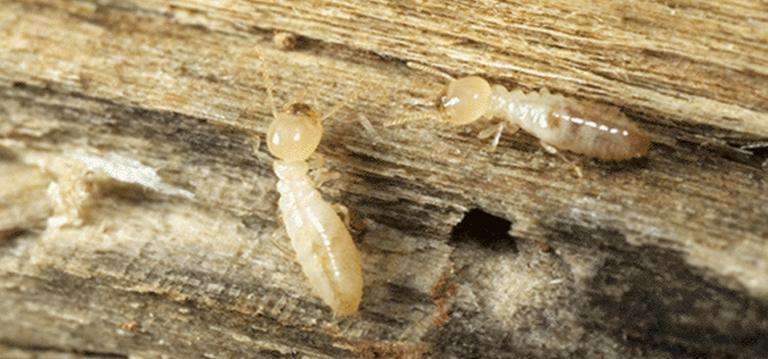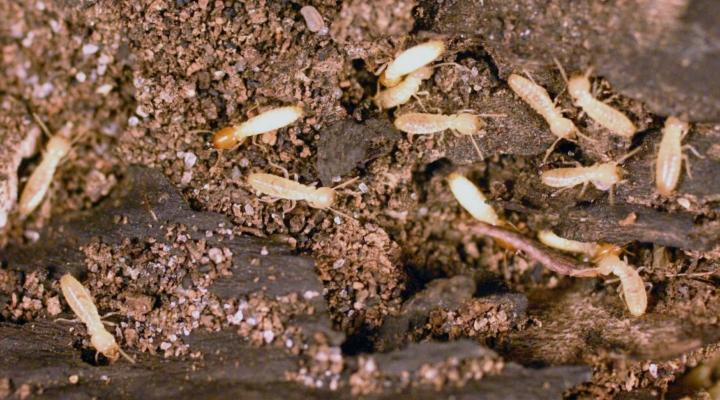Types of Termites
Three common types of termites that invade homes, damp wood, dry wood, and underground, are drawn into homes for various reasons.
Most moist wood and dry wood termites live inside the woods they feed on, while underground termites mostly live in the ground and search to and from the wood; they dig back to their colony. Subterranean species are likely to live in large groups.
What Attracts Termites?
While all termites are attracted to wood, each has specific preferences. As their names suggest, moist wood and dry wood termites seek out wet or dry woods, respectively. Underground termites should have moist soil nearby and compact any wood that comes in contact with the ground. In addition, subterranean termites will build mud pipes moving from the bottom to the timber. Mud pipes, in essence, became a “link” for termites to use to protect against water drying out and a route to wood that could be located above ground. Homeowners may unknowingly carry termites inside firewood or untreated lumber.
In addition to the wood inside the house, termites are drawn inside by moisture, wood in contact with the foundations of the house, and cracks forming on the exterior. Different combinations of these factors attract other species. In addition, geographical location plays a role in how likely homeowners are to deal with infestations. Warm weather and constant humidity make southern residents more likely to encounter termite activity.
Moisture

Leaky pipes, improper drainage, and poor airflow all create moisture issues that attract termites. Damp wood and underground termites, in particular, thrive in humid environments. While damp wood termites prefer water-damaged wood, termites cannot survive unless surrounded by adequate moisture.
Wood that’s in Contact with House Foundations

Since some species, such as underground termites, need to move to wood or soil to get inside houses, having wood touching the foundation of homes makes those buildings vulnerable. Mulch, overgrown shrubs, and firewood placed too close to houses are just a few types of wood that give termites access to timber structures.
Cracks in Building Exteriors

Any cracks or fissures in home foundations or siding spaces offer termites a chance to enter. Underground species build mud pipes in these deficiencies and use them to move indoors. In addition, cracks around windows and doors allow faster termites of all species to get inside and start colonies.
- How do you know if you have termites?
- Signs of termites
How to Remove Termites
Homeowners can look for conditions around homes that invite termites. Checking for high humidity levels and reducing humidity in the house, and treating and covering any exposed wood that comes in contact with the ground helps prevent encounters. Checking exterior buildings for broken window frames, imperfectly sealed plumbing lines, and cracked shingle and fascia boards help limit termite access. However, contacting pest control experts is the best and most efficient way to effectively treat termites and prevent further activity because DIY kits often do not work in large populations.
source: meanspring.com
Also read:
- Termite Treatment
- Termite Inspections | How Are Termite Inspections Done?
- Found Signs of Termite at Home? It Is Time to Call Experts!
- Are You & Your Family Having Trouble with Termites at Home?
